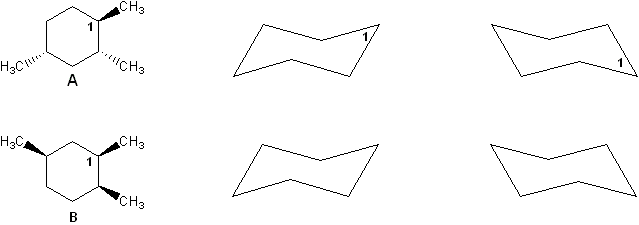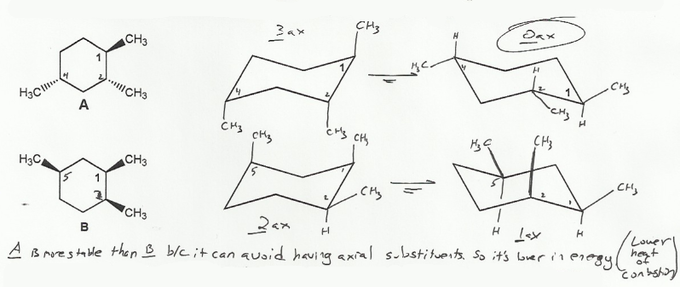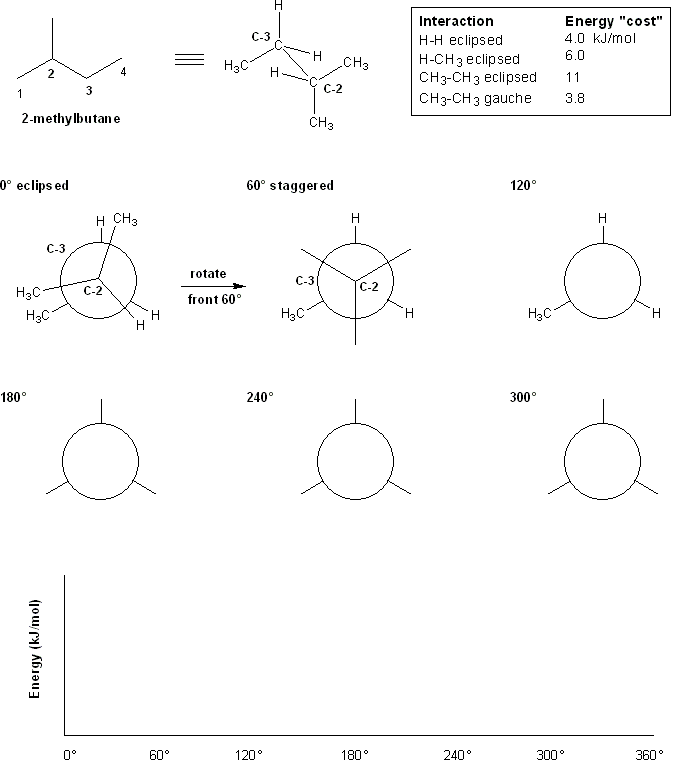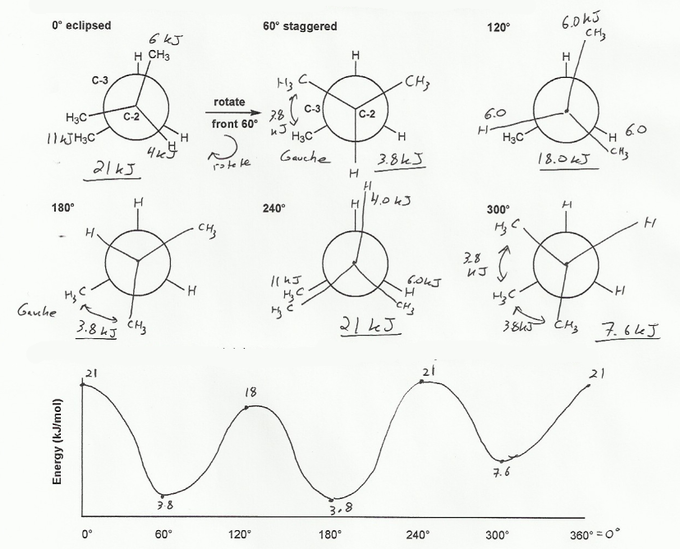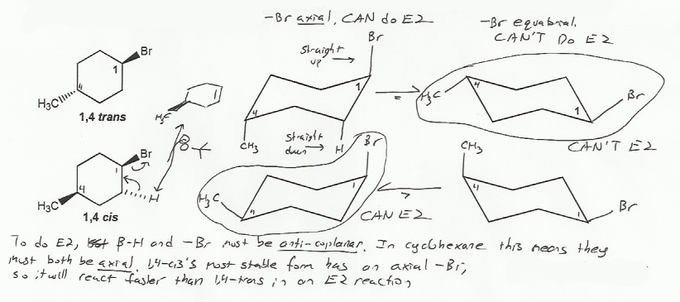Textbook: Carey and Giuliano 8th Ed. (2010)
Chapter 3: Alkanes and Cycloalkanes: Conformations and cis-trans Stereoisomers
Practice Problems and Mendel Sets
Individual Problems
Mendel Sets
Textbook and Chapter: Carey and Giuliano 8th Ed. (2010), Chapter 3
Keywords: conformational analysis, cyclohexane chair forms
Description: Reviews cyclohexane chair forms and conformations of butane:
- Which dimethylcyclohexane is more stable 1,2-cis or 1,2-trans? Why?
- Drawing chair forms
- E2 anti-coplanar conformation and chair forms
- Newman projects
Total Problems: 4

